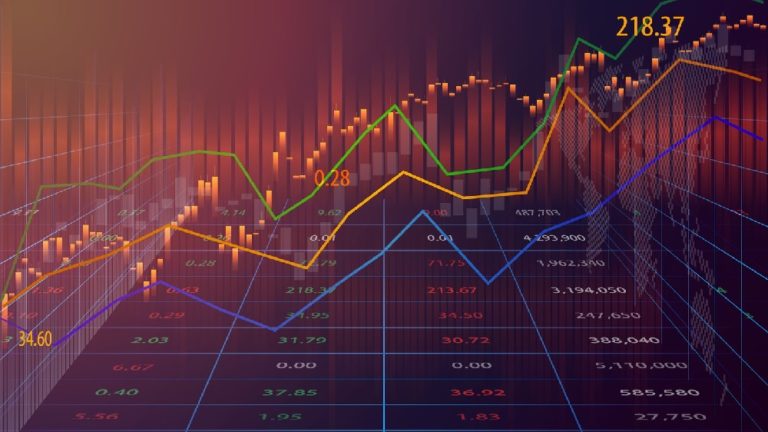As a responsible owner of a four-wheeler, buying car insurance becomes your fundamental responsible by default. Protecting your car is one of the many reasons you should buy insurance for your car.
But financial security is why most car owners choose to get one. You pay a periodic premium to the insurance company, and the company provides financial aid to you at the time of need, car accident, theft, loss, etc. So, to find the best policy, owners usually compare car insurance online and choose one for their car. Now, the story doesn’t end here!
Buying car insurance is essential, but renewing it on time is also necessary. Mark the words, not just renewing but renewing it on time is essential. Depending on your car policy renewal clauses, the premium might rise at each renewal.
This can strain your budget and change the financial planning you have in your mind. But you can strategise your renewal and policy to suit your plan and do the best for your car. You need to be mindful and tactful while executing your strategy. Negotiating with your insurance company can be tricky, but it’s not impossible.
Let’s understand the renewal process and some tips to negotiate the car insurance cost.
Renewal of Car Insurance Policy
Most car insurance policies have a working period of 6-12 months. Most of the time, car insurance renewal is a yearly commitment. When you miss the renewal date of your policy, you are allowing your policy to lapse after maturity.
This is a wrong practice where you will have to buy a new policy for your car altogether, and to avoid all of this, you should definitely renew your policy from time to time. Every insurance company has a procedure that they follow for car insurance renewal, which is more or less similar.
Renewing your car insurance will help you protect your car as well as your financial plan. You get to enjoy the same benefits, add-ons, deductibles, and additional no-claim bonus with the renewal of your car policy. This makes the renewal necessary, apart from the legal obligations.
Tips to Negotiate for a Lower Premium
- Preserve the No-Claim Bonus
No-claim bonus is an amount of reward you receive from the insurance company in case you complete the policy tenure without raising any claim whatsoever. This bonus can become a reason for the reduction in your insurance premium.
If you experience a small issue in your car or a small scratch, you should avoid raising a claim so that you get rewarded. Over the years, this can lead to a reduction in your policy premium.
- Make Timely Renewal
Timely renewal is a good habit, but it also makes for a money-saving strategy. It won’t be an issue, per se, if you don’t renew your policy in time. It leads to a policy lapse and makes you buy a new policy for your car.
Since you have a history of policy lapse, the next time you buy insurance, your premium will be more than what you expected. It also cuts down your chances of receiving your no-claim bonus and other benefits. Hence, it is always advised to get your policy renewed before the expiry date, buffer date, or at least lapse date.
- Reconsider Insured Declared Value
You should reconsider whether you need a comprehensive plan, third-party plan, or own-damage plan. By now, you have tested your driving skills, financial stability, plans, and the necessity of the coverage.
This is the perfect time for you to study and assess whether you need the coverage you already have and change your policy according to your needs. This might have a significant effect on your insurance policy.
- Re-assess your Deductibles
Your deductibles can be a determining factor when it comes to the policy premiums. Since you can decide your contribution to the insurance provider’s claim liability, it benefits you.
Voluntary deductibles are when you decide to contribute coverage for the damage or loss as a part of your policy. So, you can help your premium reduction by increasing the amount of voluntary deductibles.
- Compare Policies Online
Compare the price, cost, benefits, limitations, etc., of various policies online. You will definitely find some policies with great benefits and yet cheap premiums. Since it is perfectly fine to switch your insurance company when your existing policy’s expiry date is nearing, you can go for the better option.
It might as well turn out that your existing company is providing the best possible offer to you. So, car insurance policy renewal can become a better option as well! Comparing policies will make you aware of various things, and that is definitely necessary.
Conclusion
Renewing your car insurance policy is a necessary step for you as a car owner. But just because it is a responsibility, it doesn’t have to be a burden. You can make this process very stress-free and work your own way through it.
There are dynamic ways in which you can reduce the burden of hefty premiums by navigating options, negotiating necessities, and assessing the existing benefits. Start early, plan, strategise, make wise decisions, and go for it!









